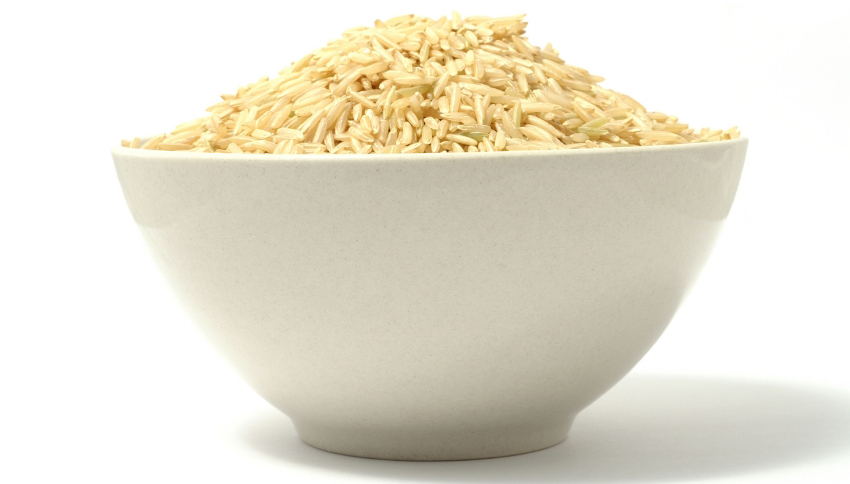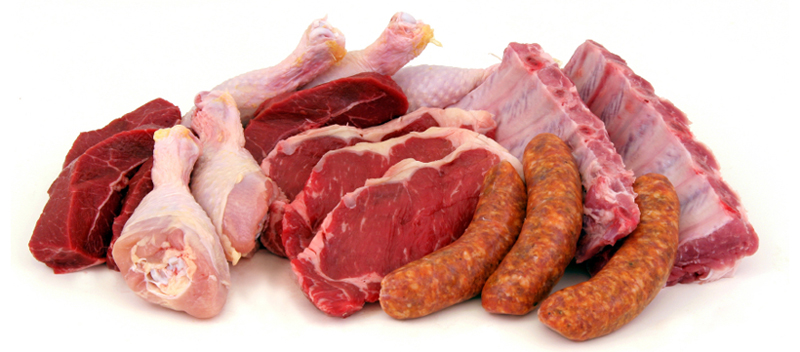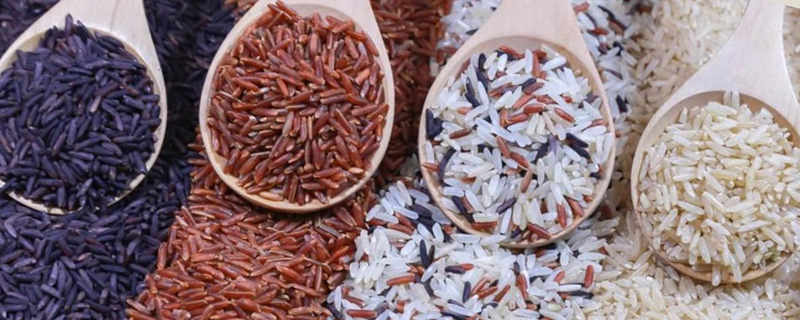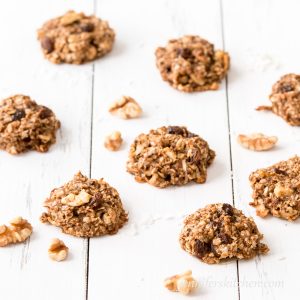Should You Be Concerned About Arsenic in Rice?
Rice is a nourishing part of a healthy diet. And more than half the world’s population depend on rice as a staple part of their diet. Should you be concerned about arsenic in rice? Here are the facts.

Arsenic-based pesticides have been used in agricultural practices for many years, and, consequently, soils and groundwater in the U.S. are contaminated with varying levels of arsenic. Because arsenic exists in soil and water, it finds its way into our food supply. And nearly all foods contain some level of arsenic.
What Foods Have the Most Arsenic?
Studies show that most of the arsenic in the American diet comes from:
meat
milk
poultry
pork
eggs
seafood
Poultry is the worst offender. Some chicken exceeds the EPA safety limit for arsenic by 2,000%. Meat and poultry are high in arsenic because animal feed and the antibiotics and intestinal parasites drugs regularly given to animals contain high amounts of this element. The arsenic then accumulates in the flesh of the animals.

Bone broth, beer and wine, and commercially-available juice and mushrooms also contain high levels of arsenic. Rice and cruciferous vegetables can also have high amounts of arsenic depending on where they are grown.
Because the amount of arsenic varies greatly from sample to sample depending on where and how the food is produced, it is technically impossible to list foods according to their arsenic levels; however, meat, milk, poultry, pork, eggs, seafood, bone broth, mushrooms, rice, wine, and juice have consistently tested with the highest amount of arsenic of all foods.
Arsenic in Rice

Rice usually does contain more arsenic than other grains, but the real reason why we associate rice with arsenic isn’t because this grain has the highest amounts of arsenic of top food sources, but rather because rice is the food that the media decided to highlight. Eating rice every day of the week doesn’t give you as much arsenic as eating meat a few times a week does.
While arsenic certainly isn’t something we want to ingest, there are a host of other even more dangerous toxins in our food supply. A diet that contains animal products results in greater exposure to these pollutants than does a plant-based diet, because these toxins accumulate up the food chain.
A diet that contains animal products results in greater exposure to these pollutants than does a plant-based diet, because these toxins accumulate up the food chain.
For example, studies show that people who consume dairy products, take in a hundred times the acceptable daily exposure for industrial pollutants, some of which are much more dangerous than arsenic. This is not to minimize the risk of consuming arsenic, but rather to put it in its proper perspective.
How to Reduce Arsenic in Rice
To reduce the amount of arsenic you get from rice, purchase rice grown in California, Pakistan, or India. On average, rice grown in California has 40% less arsenic than that which is grown in the southern U.S. (Arkansas, Louisiana, Mississippi, Missouri, Texas, etc.) because arsenic-based pesticides were more heavily used in the southern states.
Lundberg Farms tests their rice and their rice is generally lower in arsenic than that of other growers.
Red rice, short-grain rice, and basmati rice have the lowest levels of arsenic. (Interestingly, the arsenic in brown rice appears less bioavailable than the that in white rice, meaning that the body doesn’t absorb the arsenic in brown rice as readily as it absorbs it from white rice.)
Can You Cook Rice in a Way to Remove Arsenic?
Yes. Arsenic is water-soluble, so exchanging the water after the first 5 minutes of boiling rice can remove much of the arsenic. Here’s how to do that:
- Bring water to boil.
- Add rice.
- Cook for 4 minutes.
- Drain rice. (A fine mesh strainer works well.)
- Add fresh boiling water.
- Cover and return to a boil.
- Reduce heat to a simmer and cook until water is absorbed.
How to Reduce Your Arsenic Consumption Overall
Here’s how to reduce your arsenic consumption overall:
- Avoid foods that tend to have the highest amounts of bioavailable arsenic – meat, seafood, poultry, bone broth, wine and fruit juices, and mushrooms.
- Avoid food grown in soils that contain chicken manure (used as a fertilizer).
- Avoid brown rice syrup and commercially-available foods that have this sweetener in the ingredients. (Read the ingredient label.)
- If you use rice milk, consider replacing it with another non-dairy milk, like almond milk.
- Use filtered water since some water contains arsenic.
- Consider growing your own garden so you can grow your own cruciferous vegetables. Improve soil health by making your own healthy compost and avoiding using chicken manure.
- Enjoy a wide variety of whole grains, including those that usually have lower levels of arsenic, like quinoa, buckwheat, millet, oats, amaranth, teff, and sorghum.
If this information has been helpful to you, consider giving a donation so we can continue to provide unbiased information for you and keep ads off the site.
Disclaimer
The information in this article is for educational purposes only. It is not as a substitute for medical diagnosis or treatment..
Resources
NAS. 2001. Arsenic in Drinking Water, 2001 Update. National Academy of Sciences, National Research Council. National Academies Press
Manoj Menon, Improved rice cooking approach to maximise arsenic removal while preserving nutrient elements, Science of The Total Environment 2021
Heyman MB, et al. Fruit Juice in Infants, Children, and Adolescents: Current Recommendations, Pediatrics, 2017
US Food and Drug Administration. FDA Issues Final Guidance to Industry on Action Level for Inorganic Arsenic in Apple Juice. June 2023
Wolle, et al, Market Basket Survey of Arsenic Species in the Top Ten Most Consumed Seafoods in the United States Journal of Agricultural and Food Chemistry 2019
M.J. Melgar, J. Alonso, M.A. García, Total contents of arsenic and associated health risks in edible mushrooms, mushroom supplements and growth substrates from Galicia Food and Chemical Toxicology, 2014
Michelle M. Nearing, Iris Koch, Kenneth J. Reimer, Arsenic Speciation in Edible Mushrooms
Environmental Science & Technology 2014
Dong O, et al. Arsenic Metabolism, Toxicity and Accumulation in the White Button Mushroom Agaricus bisporus, Toxics, 2022
Yao L et al, Delivery of roxarsone via chicken diet→chicken→chicken manure→soil→rice plant. Sci Total Environ. 2016
Consumer Reports data
You my also like:
Before you go . . .
Did you know that you can eat all this delicious food AND lose weight? You can!
No calorie counting. No portion sizes.
Join my online weight loss program today!





Please consider leaving a star rating and a comment. This helps others discover my recipes. Thank you! 🙂